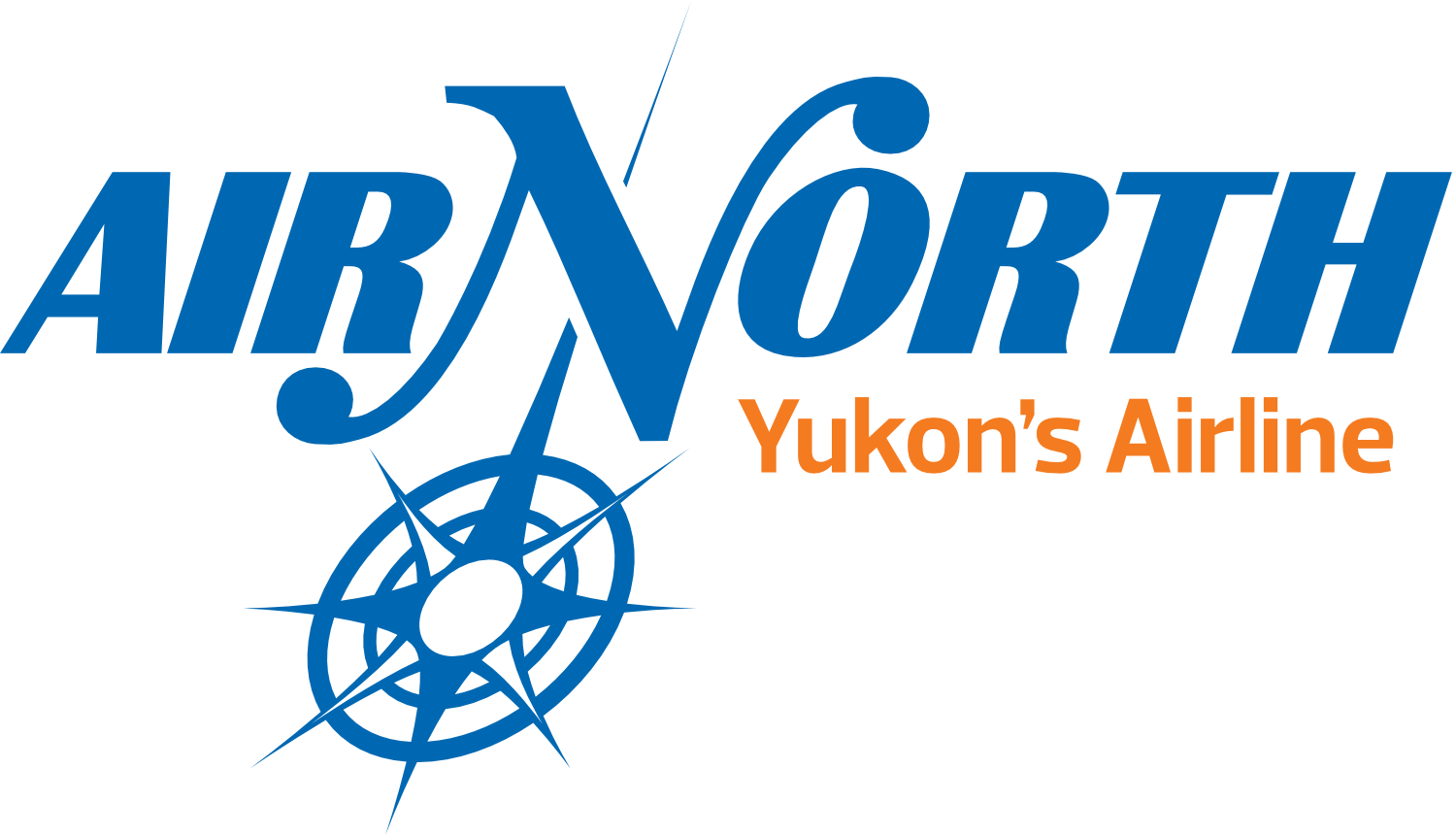In his November 8 statement, Federal Transport Minister Garneau announced his intention to develop an aid package for the airline industry and indicated that discussions with airlines concerning this would begin soon. This discussion is provided in anticipation of our opportunity to provide input.
With Q3 results recently announced by several airlines, most notably Air Canada and Chorus (Jazz), it’s easy to see that the airline industry is in serious trouble. Air Canada lost $821 million on $757 million revenue (108%) after receiving $197 million in CEWS subsidy and they operated at a 42% load factor. Their pre-subsidy loss was just over $1 billion, or 134% of revenue for the quarter. Q3 is normally the peak quarter for airlines and as we go into winter and a second wave of COVID-19, without more help, things are going to get much worse in the upcoming months.
The Government has intervened in the market by providing subsidies from the outset of the pandemic and we are thankful for this help but, going forward, given current conditions and using Air Canada’s Q3 results as a benchmark, it will take a massive increase in financial aid in order to get the industry back on its feet unless other strategies are employed to augment subsidy.
In a period of reduced demand, airlines are faced with two major problems, those being reduced flying and sub-optimal loads on the flying that is done. We believe that taking steps to help carriers increase load factors on the flying that they do can reduce the requirement for subsidy and will cause the subsidy dollars that are applied to provide more significant improvement to financial performance. Using Air Canada as an example, we estimate that the cost of operating at a 42% load factor rather than a 75% load factor was more than $250 million in Q3, which was more than the subsidy paid ($197 million).

